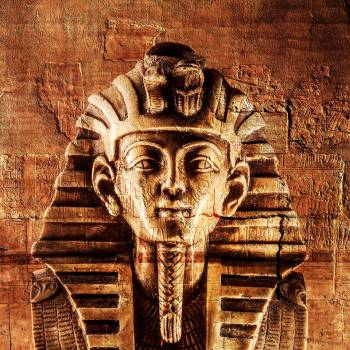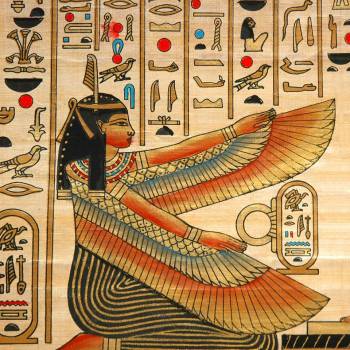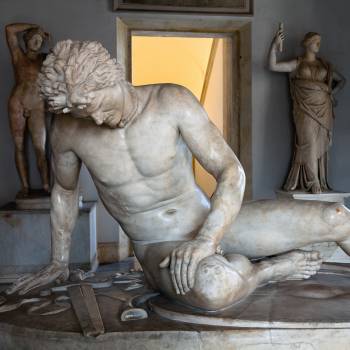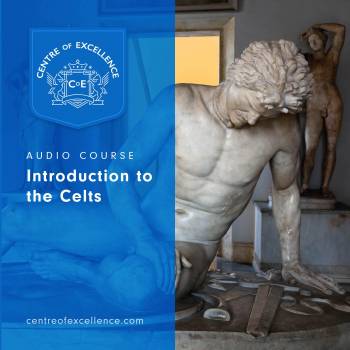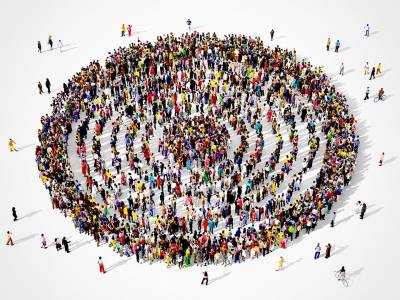Egyptian hieroglyphs have fascinated children and adults alike for centuries, and many of us can recall trying to understand all the intricate symbols, based on picture-to-text guides, or even our imaginations!
In this blog, we’ll dig into the history and purpose of hieroglyphs, and maybe even take you on a little trip down memory lane as we look at how the experts try to decipher certain symbols.
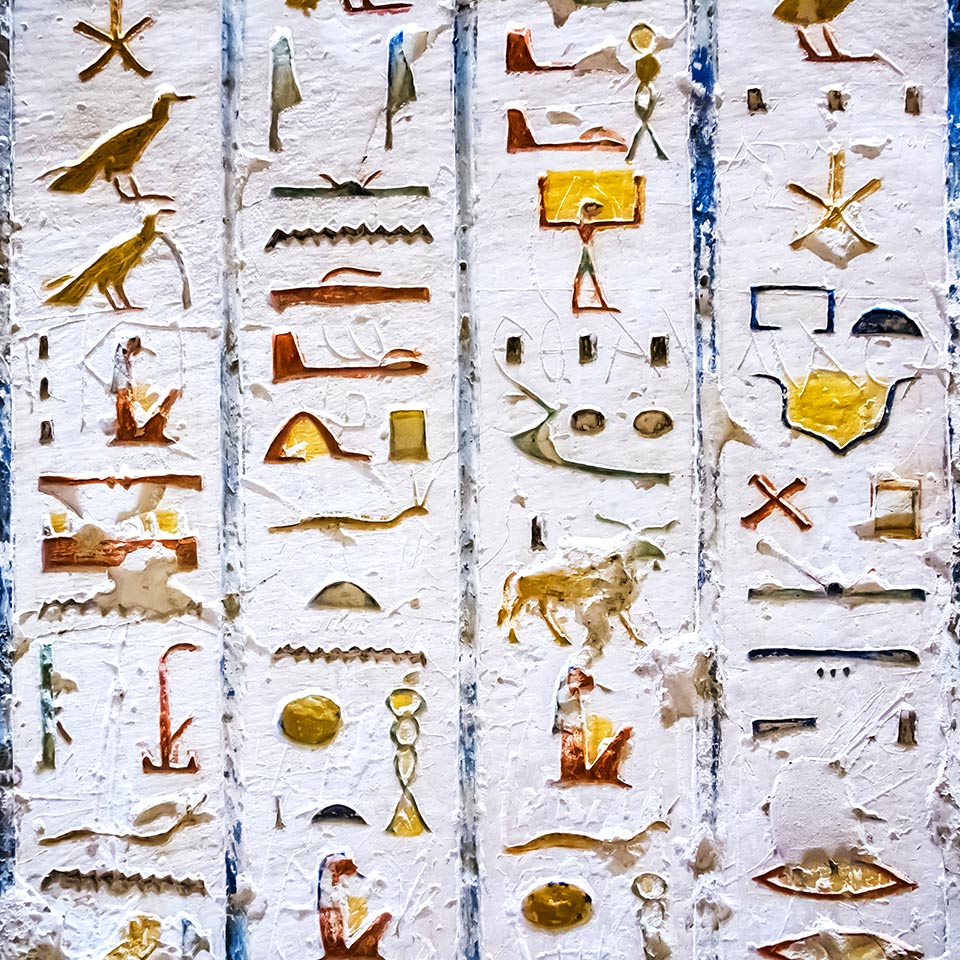
What are Hieroglyphs?
According to the Greeks, the word “hieroglyph” means “sacred carving” or “holy writing” (although the original Egyptian phrase that led to this translation was “the god’s words”), and refers to a system of pictorial writing. Put simply, words were conveyed using pictures! Some hieroglyphs directly represent the objects they picture, while others represent sounds/sound groups.
Although other cultures - like the Hittites, Mayans and Cretans - are sometimes described as employing hieroglyphs, there’s no connection between these scripts and the Egyptian hieroglyphs.
The Egyptians first started using hieroglyphs around 2925 BCE, in the late dynastic period. Some theorise that they may have been inspired to adopt the concept of writing by the Sumerians. However, the Egyptian system is so unique that it’s almost certain to have developed independently, perhaps from the rock pictures used by the desert-dwelling prehistoric hunting communities near the Nile.
Recommended for you!
Best SellersThe oldest hieroglyphs are now almost impossible for Egyptologists to understand, and the last use of hieroglyphs appears to have been around 394 CE (the rise of Christianity caused many Egyptians to adapt the Greek alphabet and discard their native script). The heyday of hieroglyphs was the 3rd dynasty (c. 2650-2575 BCE), when many of the core principles of the writing form were established.
For over 2,000 years, a library of more than 700 hieroglyphs was consistently maintained, although the total number of characters was probably closer to 1,000. Hieroglyphs also provided the foundation for hieratic and demotic scripts and the original Phoenician alphabet.
The German scholar Athanasius Kircher first tried to translate hieroglyphs in the mid-1600s. To an extent, his theories were correct, but his execution was less accurate!
The discovery of the Rosetta Stone in 1799 really broke the seal upon our ability to understand hieroglyphs, as it was inscribed with not only hieroglyphs, but also demotic and Greek scripts. With the help of this stone, the French philologist Jean-François Champollion was able to decipher hieroglyphs in the 1820s.
What Were Hieroglyphs Used For?
To the Egyptians, writing was a gift from the gods. According to tradition, it was created by the god Thoth to strengthen wisdom and memory. However, the sun god, Ra, wasn’t so sure, and argued that it would cause humans to rely more upon written records than their actual memories.
Ultimately, Thoth was said to go against the will of Ra and impart the knowledge of writing to a select group of Egyptians: the scribes. As a result of this traditional connection with the gods, hieroglyphs were commonly used on monuments or in funerary contexts. They weren’t restricted to walls but were inscribed on tablets, papyrus texts, wooden writing boards, pottery and stone vessels, stelae, palettes and even ceremonial mace heads.
To the Egyptians, hieroglyphs were not just decorative symbols, but a living language. As such, they were also used for purposes ranging from poetry to international treaties.
Perhaps due to the complexity of hieroglyphs, the hieratic script was developed by priests and temple scribes who wanted a slightly simpler form of writing. Hieratic developed approximately in tandem with hieroglyphs and was a mainstay within religious texts. Although it initially saw use on public, commercial and private documents too. A more cursive script, hieratic was well-suited to being written with a reed pen on papyrus and was read vertically or horizontally from right to left.
An even more abbreviated script known as demotic eventually replaced hieratic in secular writings and slowly shed all pictorial traces. Therefore, it’s very hard to link demotic to the equivalent hieroglyphs. The Egyptians called demotic sekh shat, meaning “writing for documents.”
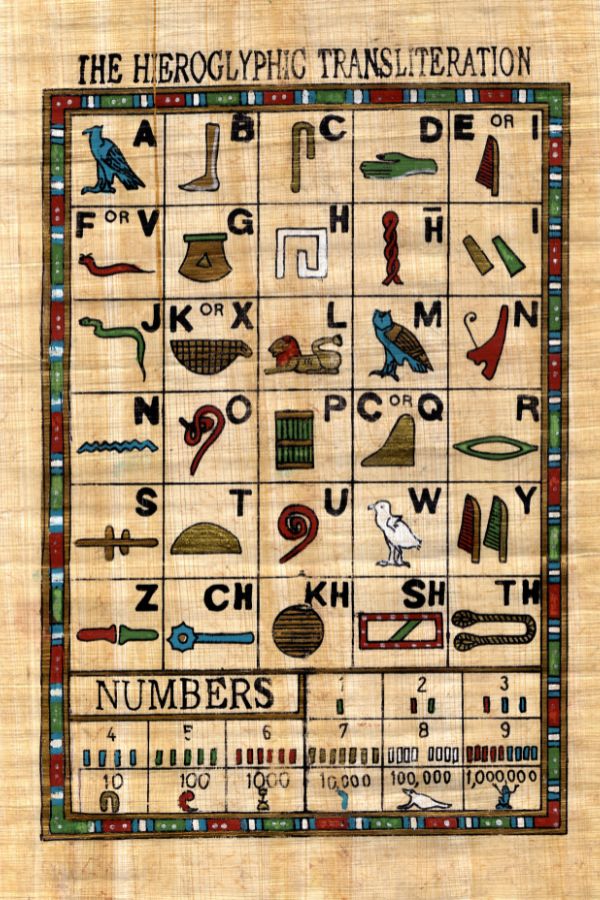
Translating Hieroglyph Symbols & Their Meanings
Hieroglyphs are read in columns from top to bottom or in rows from the right or left. When reading hieroglyphs, four basic principles are employed:
- Purely Pictorial: Some hieroglyphs picture what they mean and are known as logograms. For instance, the hieroglyph for “sun” is a circle, and “eat” might be conveyed by a hieroglyph that shows a person holding their hand to their mouth.
- Implied Suggestion: Some hieroglyphs are to be read synonymously. For instance, our circular sun hieroglyph might sometimes mean “day” or perhaps even be deployed to represent Ra, the sun god. Likewise, our sign for “eat” could mean silence, as the mouth is covered. Sometimes, a determinative hieroglyph would be placed at the end of a word to help clarify its meaning.
- Shared Consonants: Some hieroglyphs represent words that share consonants in the same order. For example, the Egyptian words for “man” and “be bright” both use “hg” within them, so could be written with the same hieroglyph. These hieroglyphs are known as phonograms, as they represent sounds.
- Individual Consonants: Similar to phonograms, some hieroglyphs stand for individual consonants or sometimes a combination of consonants.
Using the above four principles has allowed us to begin unlocking the mysteries of hieroglyphic script, with some of the most famous symbols being….
- The Ankh - the single most well-known Egyptian symbol, the ankh (a cross with a “handle”) means life and the concept of immortality.
- The Eye of Horus - also known as the Wadjet eye, the Eye of Horus was a proactive symbol against envy, disease, evil spirits and misfortune.
- The Scarab Beetle - a symbol of the transformation undergone during death and rebirth, the image of the Scarab adorned amulets for hundreds of years.
- The Ouroboros - a serpent eating its own tail, the ouroboros is another symbol representing rebirth, new life, and the cycles of eternity.
- The Ka -depicting two outspread arms, stretched upwards or forwards, the Ka represents life force, spirit or soul.
- The Ba - a bird with a human head, the Ba represents physical soul and rebirth. It was thought to unite with the Ka after death to enable rebirth.
- The Cartouche - a hieroglyphic nameplate linked to the sun, symbolising protection against evil in this life and the next.
- The Feather of Maat - the goddess Maat represented justice, and her feather symbol was an assurance of justice in Egyptian culture.
- Hekha & Nekhakha - the iconic crook and flail, this was the symbol of the god Osiris and also a royal emblem that conveyed the pharaoh’s right to rule.
- Winged Sun Disc - a symbol of solar power, protection and eternity linked to several gods, including Horus and Behedti.
Despite existing for thousands of years, the secrets of understanding Egyptian hieroglyphs were lost until less than 300 years ago, so the time is still ripe to join the many scholars who study these beautiful symbols!
Within our Egyptian Hieroglyphs Diploma Course, you’ll discover 10 modules that take you from the basic principles of hieroglyphic writing shared in this blog, to understanding and writing your own sentences in hieroglyphs! Available now for just £39 (save £110), enrol today to begin unpicking the secrets of Ancient Egypt.
